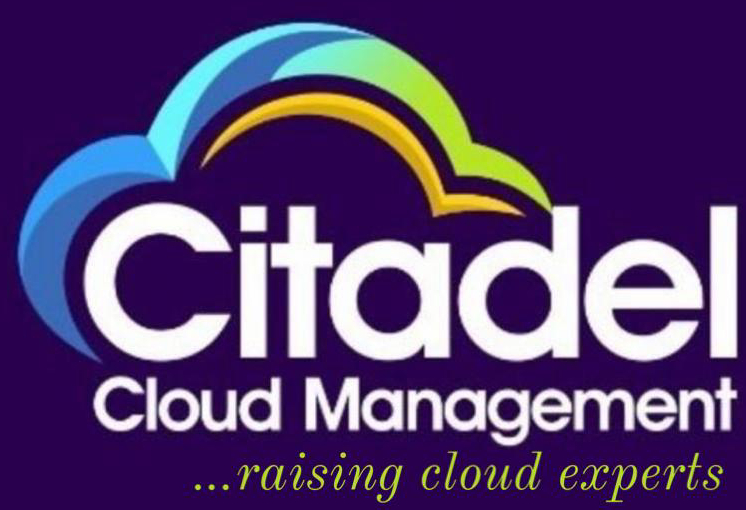In today’s fast-paced digital landscape, organizations increasingly rely on cloud computing to enhance operational efficiency, flexibility, and scalability. However, as companies migrate to the cloud, they face numerous security and compliance challenges. This is where cloud audits come into play. In this article, we will explore the purpose and benefits of cloud audits, helping you understand why they are essential for any organization utilizing cloud services.
What is a Cloud Audit?
A cloud audit is a comprehensive evaluation of an organization’s cloud environment, encompassing its policies, processes, controls, and infrastructure. This examination aims to assess the security, compliance, and performance of cloud services. Cloud audits can be conducted internally by an organization’s IT team or externally by third-party auditors who specialize in cloud services.
Cloud audits often focus on several key areas, including:
- Security Controls: Evaluating the effectiveness of security measures in place to protect sensitive data and resources.
- Compliance: Ensuring adherence to industry standards, regulatory requirements, and internal policies.
- Performance: Assessing the cloud infrastructure’s ability to meet performance benchmarks and service level agreements (SLAs).
- Cost Management: Analyzing cloud spending to identify areas for cost optimization and efficiency.
Purpose of Cloud Audits
1. Enhance Security Posture
One of the primary purposes of a cloud audit is to strengthen an organization’s security posture. By identifying vulnerabilities and potential threats, organizations can implement necessary controls and measures to safeguard their cloud environments. A cloud audit can help organizations detect:
- Inadequate access controls
- Misconfigured security settings
- Data leakage risks
- Compliance gaps
By addressing these issues, organizations can mitigate the risk of data breaches, ensuring sensitive information remains secure.
2. Ensure Compliance
Regulatory compliance is a critical concern for organizations operating in various industries. Cloud audits help ensure that organizations meet the requirements set forth by regulatory bodies, such as the General Data Protection Regulation (GDPR), Health Insurance Portability and Accountability Act (HIPAA), and the Payment Card Industry Data Security Standard (PCI DSS).
Through regular audits, organizations can:
- Identify compliance gaps
- Document adherence to regulations
- Implement corrective actions to meet compliance standards
This proactive approach can save organizations from costly fines and legal repercussions resulting from non-compliance.
3. Optimize Performance
Cloud audits also serve to evaluate the performance of cloud services. Organizations can identify areas of inefficiency or underperformance, which can lead to better resource allocation and improved service delivery. By assessing performance metrics, organizations can:
- Monitor application performance
- Analyze usage patterns
- Optimize resource allocation
These insights enable organizations to enhance user experience and ensure that cloud resources are utilized effectively.
4. Cost Management
Cloud computing can lead to significant cost savings, but without proper oversight, organizations may face unexpected expenses. A cloud audit helps organizations gain visibility into their cloud spending, enabling them to identify cost-saving opportunities.
During a cloud audit, organizations can:
- Analyze cloud service usage and spending patterns
- Identify unused or underutilized resources
- Optimize cloud service plans based on actual needs
By managing cloud costs effectively, organizations can ensure they are getting the most value from their cloud investments.
5. Improve Governance
Cloud audits play a vital role in improving governance within an organization. By establishing clear policies and procedures related to cloud usage, organizations can ensure that their cloud environment aligns with business objectives and regulatory requirements.
Regular audits foster a culture of accountability and transparency, enabling organizations to:
- Implement robust governance frameworks
- Ensure adherence to established policies
- Provide stakeholders with visibility into cloud operations
This governance structure is essential for maintaining control over cloud resources and ensuring that they are managed appropriately.
Benefits of Cloud Audits
1. Increased Confidence
One of the significant benefits of conducting cloud audits is the increased confidence they instill in stakeholders, including management, employees, and customers. By demonstrating a commitment to security, compliance, and performance, organizations can build trust with stakeholders, leading to:
- Enhanced reputation
- Improved customer relationships
- Increased employee morale
When stakeholders know that an organization is actively monitoring and managing its cloud environment, they are more likely to feel confident in the organization’s ability to protect their data.
2. Risk Mitigation
Cloud audits provide organizations with the insights needed to identify and address potential risks. By understanding vulnerabilities and compliance gaps, organizations can implement proactive measures to mitigate risks before they escalate into serious issues.
This risk mitigation strategy can lead to:
- Reduced likelihood of data breaches
- Fewer compliance violations
- Improved incident response capabilities
By taking a proactive approach to risk management, organizations can protect their assets and ensure business continuity.
3. Better Decision-Making
The insights gained from cloud audits enable organizations to make informed decisions regarding their cloud strategy. By understanding usage patterns, performance metrics, and cost structures, organizations can develop strategies that align with their business objectives.
This data-driven decision-making can lead to:
- Improved resource allocation
- Enhanced service delivery
- More effective budgeting
By leveraging audit findings, organizations can optimize their cloud environments and ensure that they are meeting their business goals.
4. Continuous Improvement
Cloud audits promote a culture of continuous improvement within organizations. By regularly assessing cloud environments and identifying areas for enhancement, organizations can adapt to changing business needs and technological advancements.
This commitment to continuous improvement leads to:
- Enhanced security measures
- Improved compliance practices
- More efficient cloud resource management
Organizations that embrace a culture of continuous improvement are better positioned to succeed in the ever-evolving digital landscape.
5. Strengthened Vendor Relationships
For organizations relying on third-party cloud service providers, cloud audits can strengthen vendor relationships. By conducting audits of vendors’ cloud services, organizations can gain insights into their security practices and compliance posture.
This transparency fosters collaboration between organizations and their vendors, leading to:
- Improved service delivery
- Enhanced security measures
- Stronger partnerships
By understanding vendor capabilities and limitations, organizations can make informed decisions about their cloud service providers.
Conclusion
Cloud audits are an essential component of any organization’s cloud strategy. By understanding the purpose and benefits of cloud audits, organizations can take proactive measures to enhance security, ensure compliance, optimize performance, and manage costs effectively.
Regular cloud audits not only help organizations mitigate risks but also promote a culture of accountability and continuous improvement. As organizations continue to embrace cloud computing, investing in cloud audits will be critical for achieving long-term success.
FAQs
What is the frequency of cloud audits?
The frequency of cloud audits depends on various factors, including regulatory requirements, industry standards, and the organization’s risk appetite. Generally, organizations should conduct audits annually, but more frequent audits may be warranted for high-risk environments.
Who can conduct a cloud audit?
Cloud audits can be conducted by internal IT teams or external auditors specializing in cloud services. Engaging third-party auditors can provide an objective assessment and ensure compliance with industry standards.
What are the main components of a cloud audit?
A cloud audit typically includes an evaluation of security controls, compliance with regulations, performance metrics, cost management, and governance practices. Each of these components is essential for assessing the overall health of a cloud environment.
How can organizations prepare for a cloud audit?
Organizations can prepare for a cloud audit by:
- Documenting existing policies and procedures
- Reviewing security controls and compliance measures
- Gathering relevant performance metrics
- Identifying key stakeholders for the audit process
By taking these steps, organizations can ensure a smooth and efficient audit process.
What are the consequences of not conducting regular cloud audits?
Failure to conduct regular cloud audits can lead to increased risks, such as data breaches, compliance violations, and poor performance. Organizations may also face reputational damage and financial penalties due to a lack of oversight and accountability.
Can cloud audits be automated?
Yes, many aspects of cloud audits can be automated using specialized tools and software. Automation can streamline the audit process, improve efficiency, and enhance accuracy by reducing the risk of human error.
By understanding the critical role of cloud audits in today’s digital landscape, organizations can take the necessary steps to protect their assets, ensure compliance, and optimize their cloud environments. Regular audits not only enhance security and performance but also foster a culture of continuous improvement and accountability.

